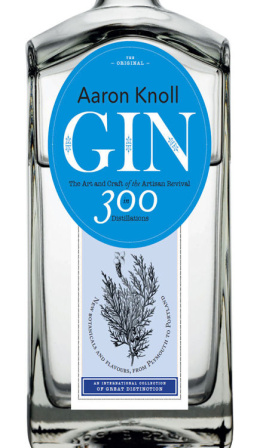Contents
Page List
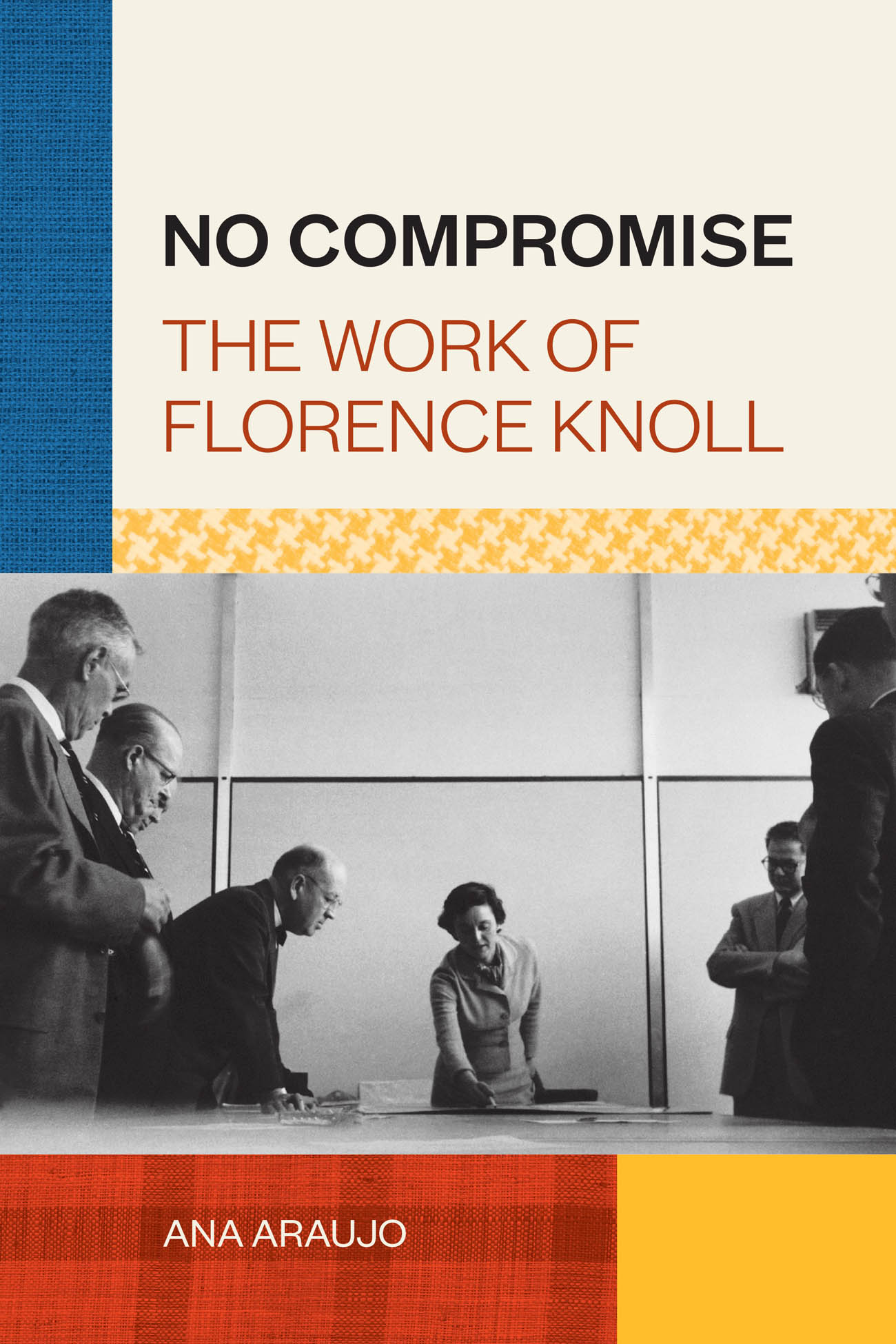
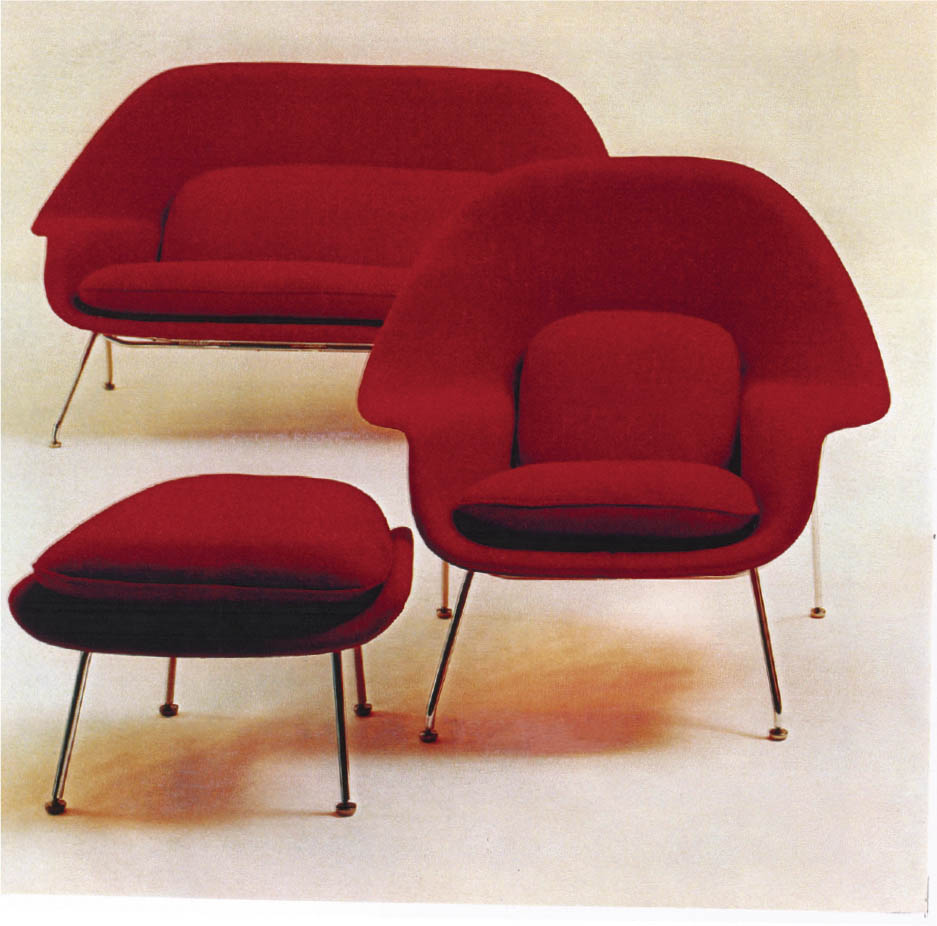
Plate 1, : Womb Collection, by Eero Saarinen, 1948 (Florence Knoll Basset papers, Archives of American Art, Smithsonian Institution)

Plate 2, : Knoll Bassett House 2, Cambridge, Vermont, by Florence Knoll, circa 1980s90s (Florence Knoll Basset papers, Archives of American Art, Smithsonian Institution)
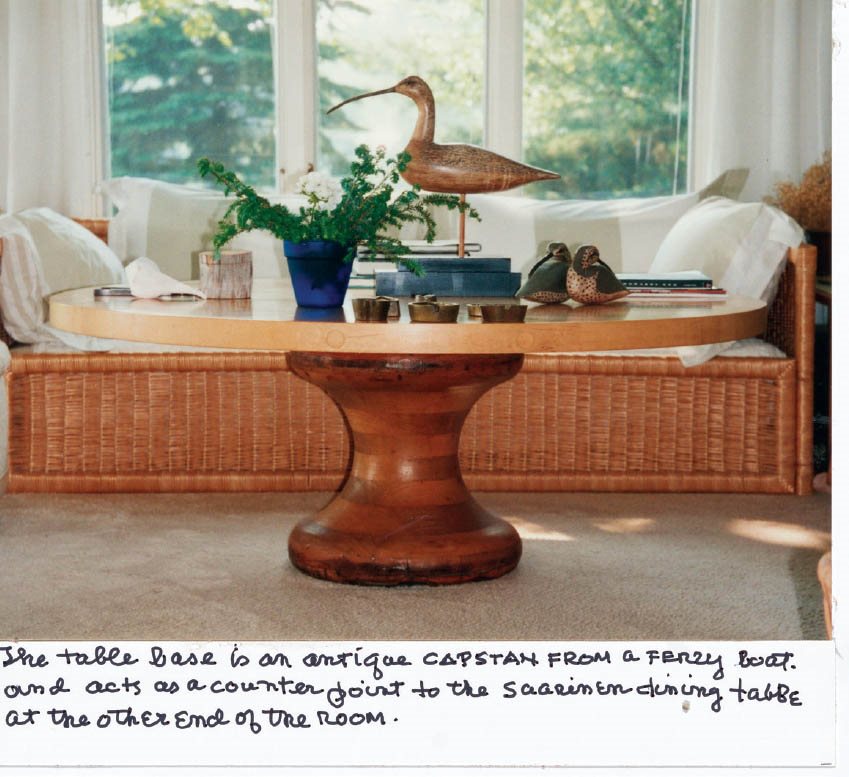
Plate 3, : Antique capstan from a ferry boat used as a table base, Knoll Bassett House 2, Cambridge, Vermont, by Florence Knoll, circa 1980s90s (Florence Knoll Basset papers, Archives of American Art, Smithsonian Institution);
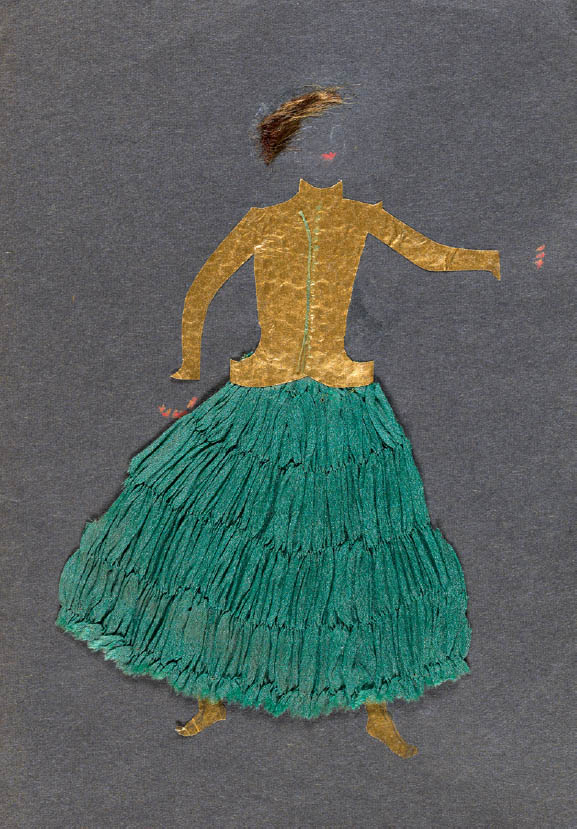
Plate 4, : Evening dress paste-up, by Loja Saarinen, 1935 (Florence Knoll Basset papers, Archives of American Art, Smithsonian Institution)
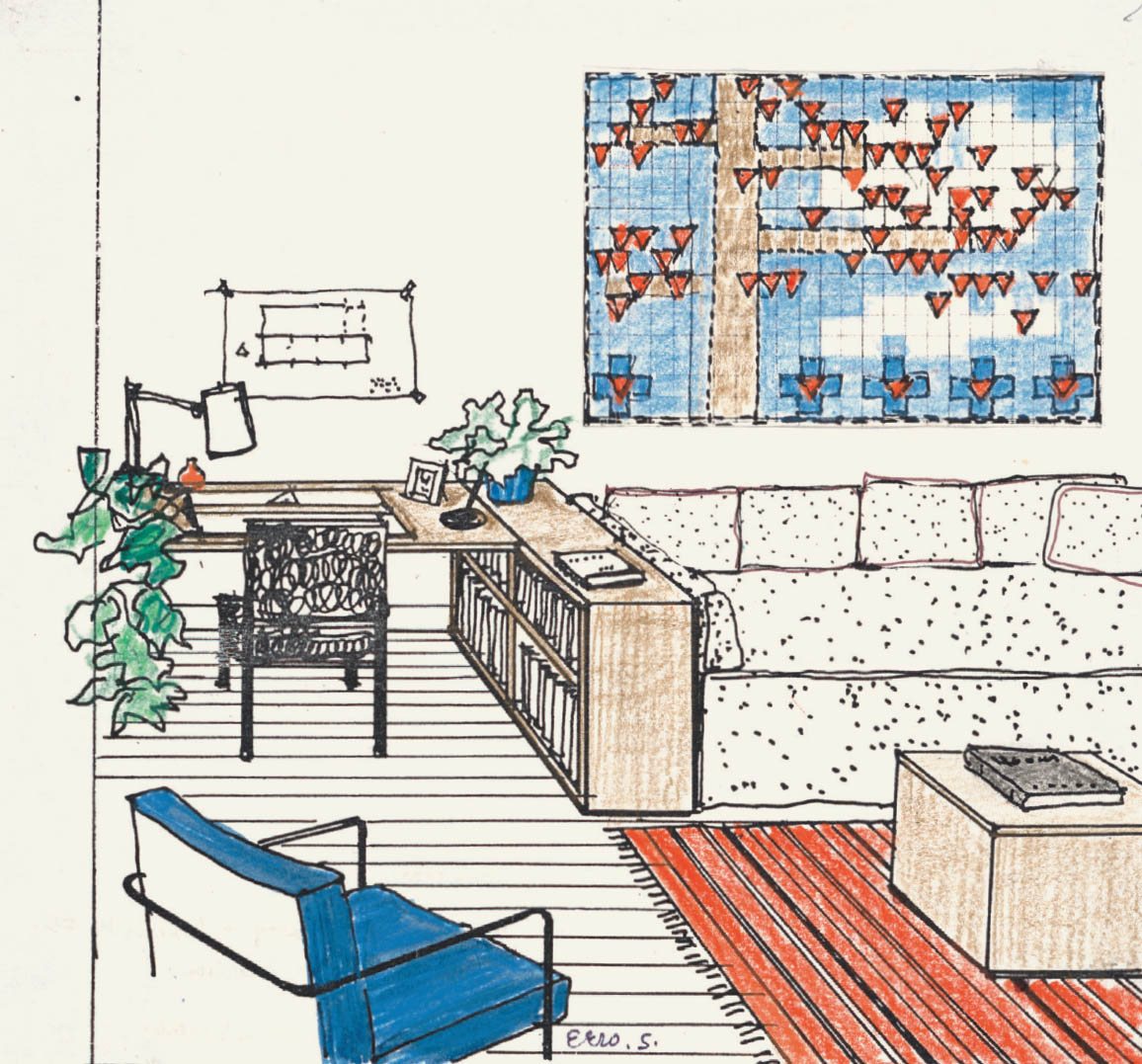
Plate 5, : Drawing for dormitory at Cranbrook Academy of Art, by Florence Knoll, circa 1930s (Florence Knoll Basset papers, Archives of American Art, Smithsonian Institution)
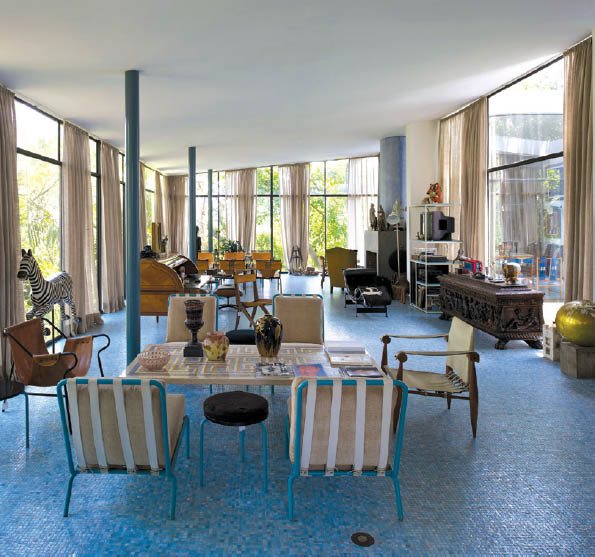
Plate 6, : Glass House, So Paulo, Brazil, by Lina Bo Bardi, 194952 ( Inigo Bujedo Aguirre)

Plate 7, : Drawing of reception areas, Columbia Broadcasting Systems (CBS) Offices, New York, by Florence Knoll/Knoll Planning Unit, 1964 (Florence Knoll Basset papers, Archives of American Art, Smithsonian Institution)
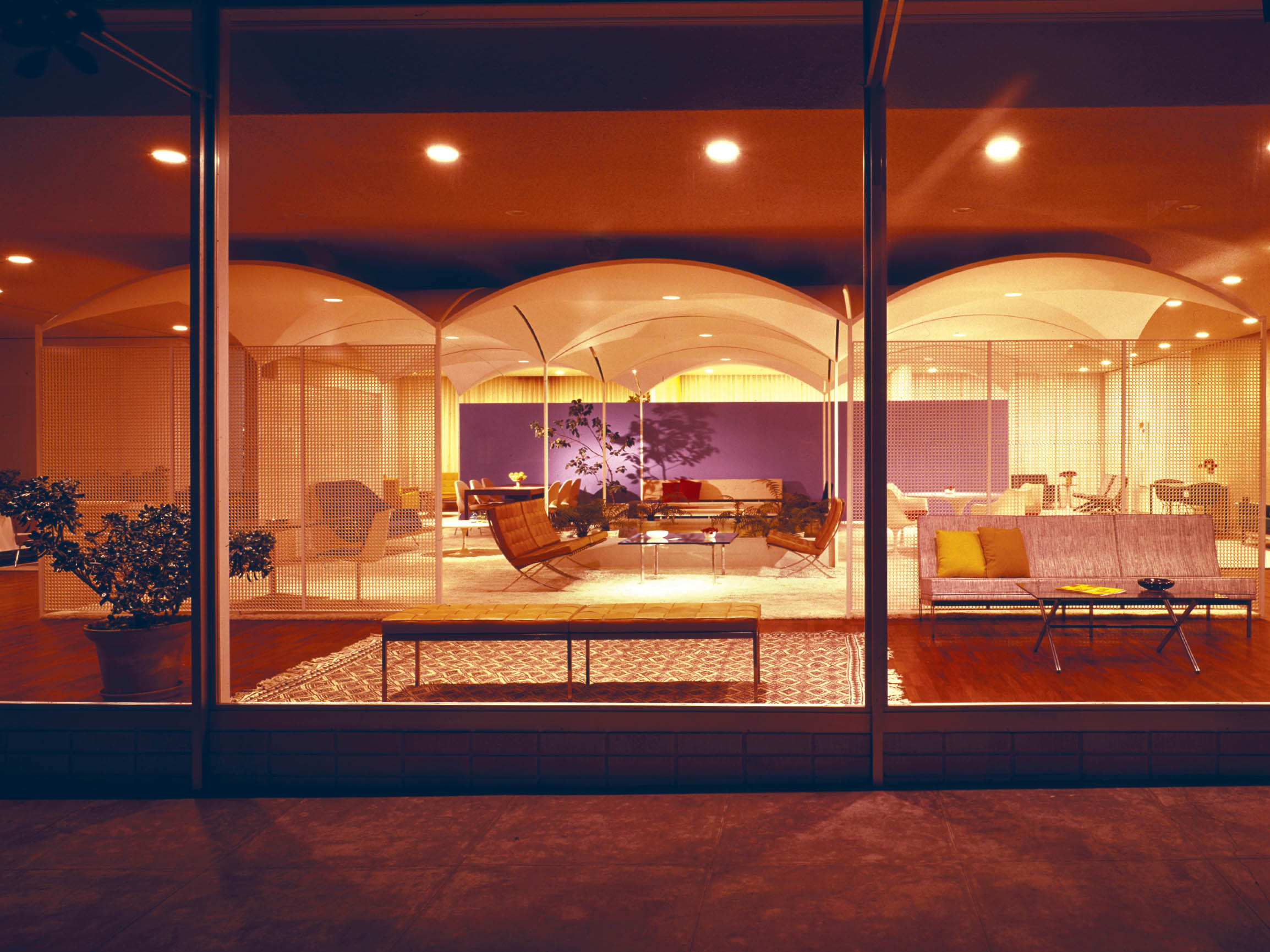
Plate 8, : Knoll Showroom, Los Angeles, by Florence Knoll/Knoll Planning Unit, photograph by Yuichi Idaka, 1953 (Courtesy of Knoll Archives)
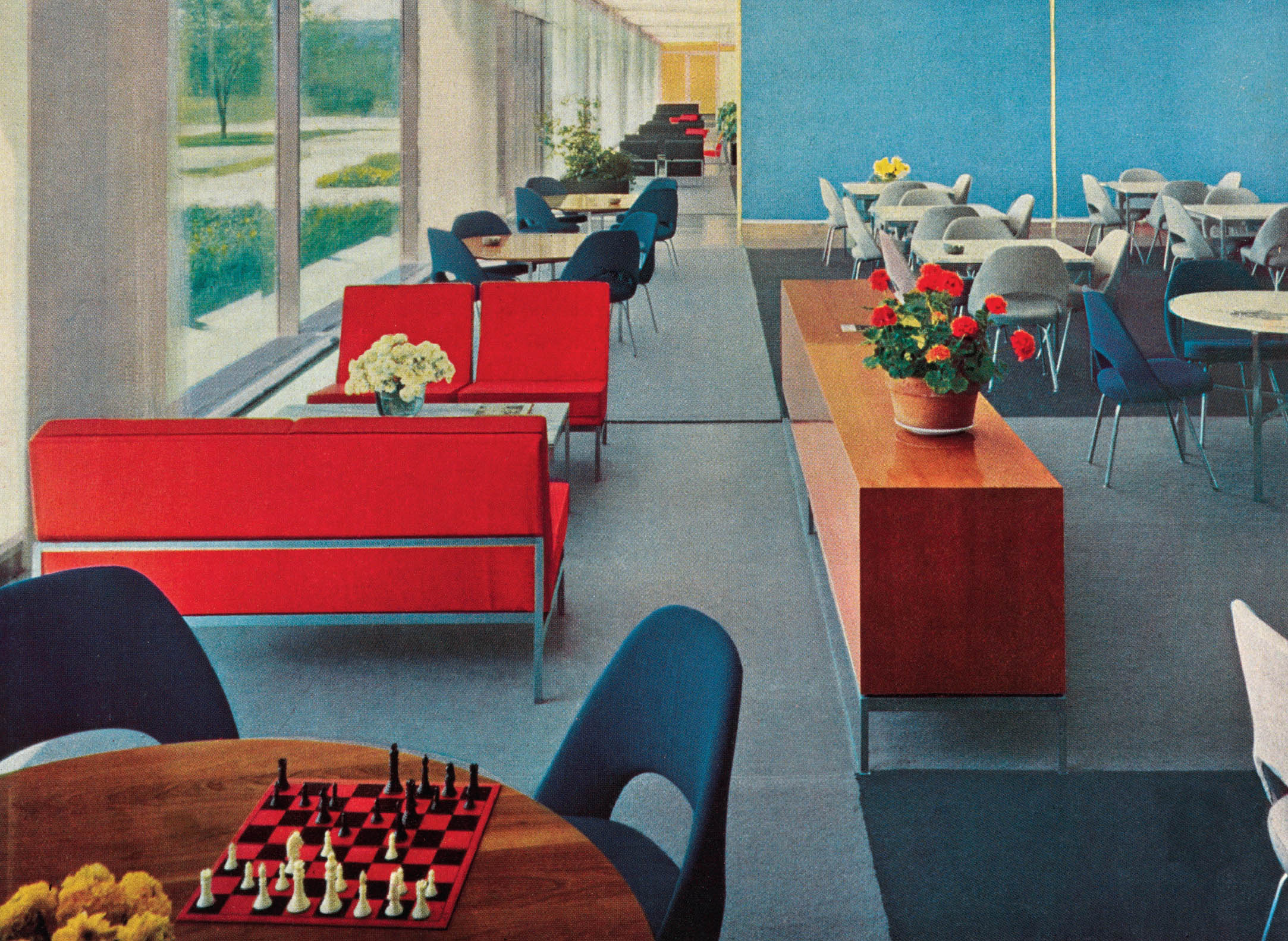
Plate 9, : Employees lounge area, Connecticut General Life Insurance Company Offices, Hartford, interior design by Florence Knoll/Knoll Planning Unit, architecture by Skidmore, Owings and Merrill, circa 1950s (Florence Knoll Basset papers, Archives of American Art, Smithsonian Institution)
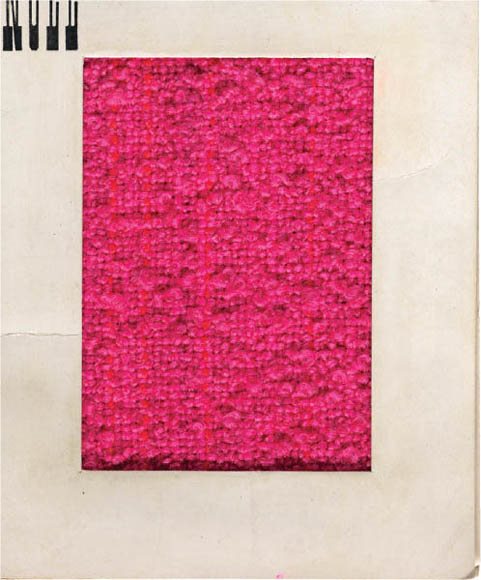
Plate 10, : Handwoven wool textile sample, by Evelyn Hill Anselevicius, circa 195562 (Philadelphia Museum of Art Archives/Gift of Evelin Hill Anselevicius, 1983-42-16)
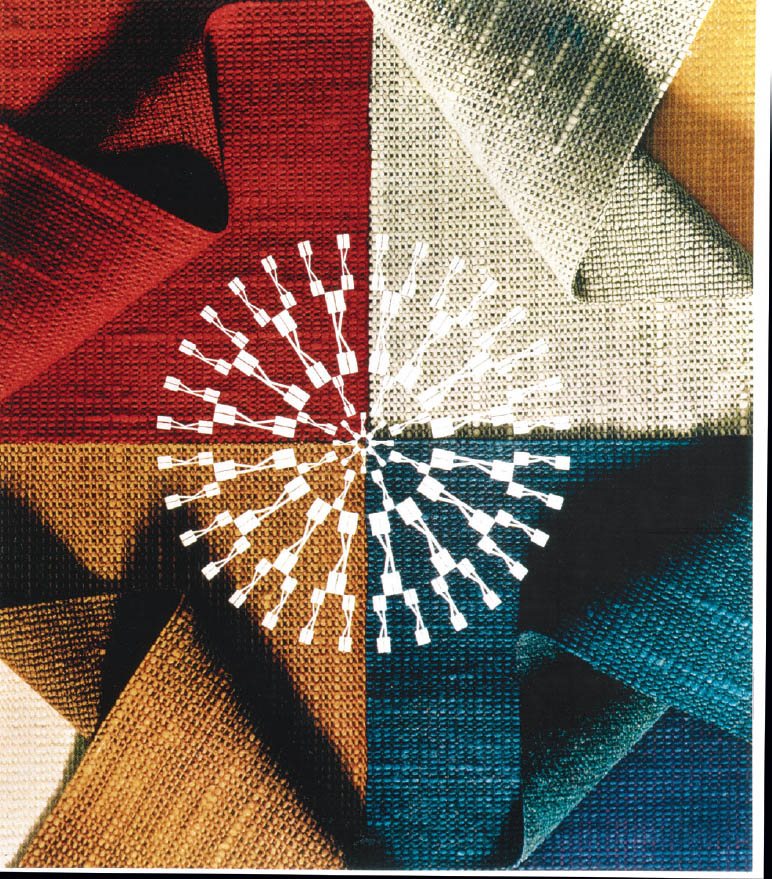
Plate 11, : Knoll textile samples, circa 1950s (Florence Knoll Basset papers, Archives of American Art, Smithsonian Institution)
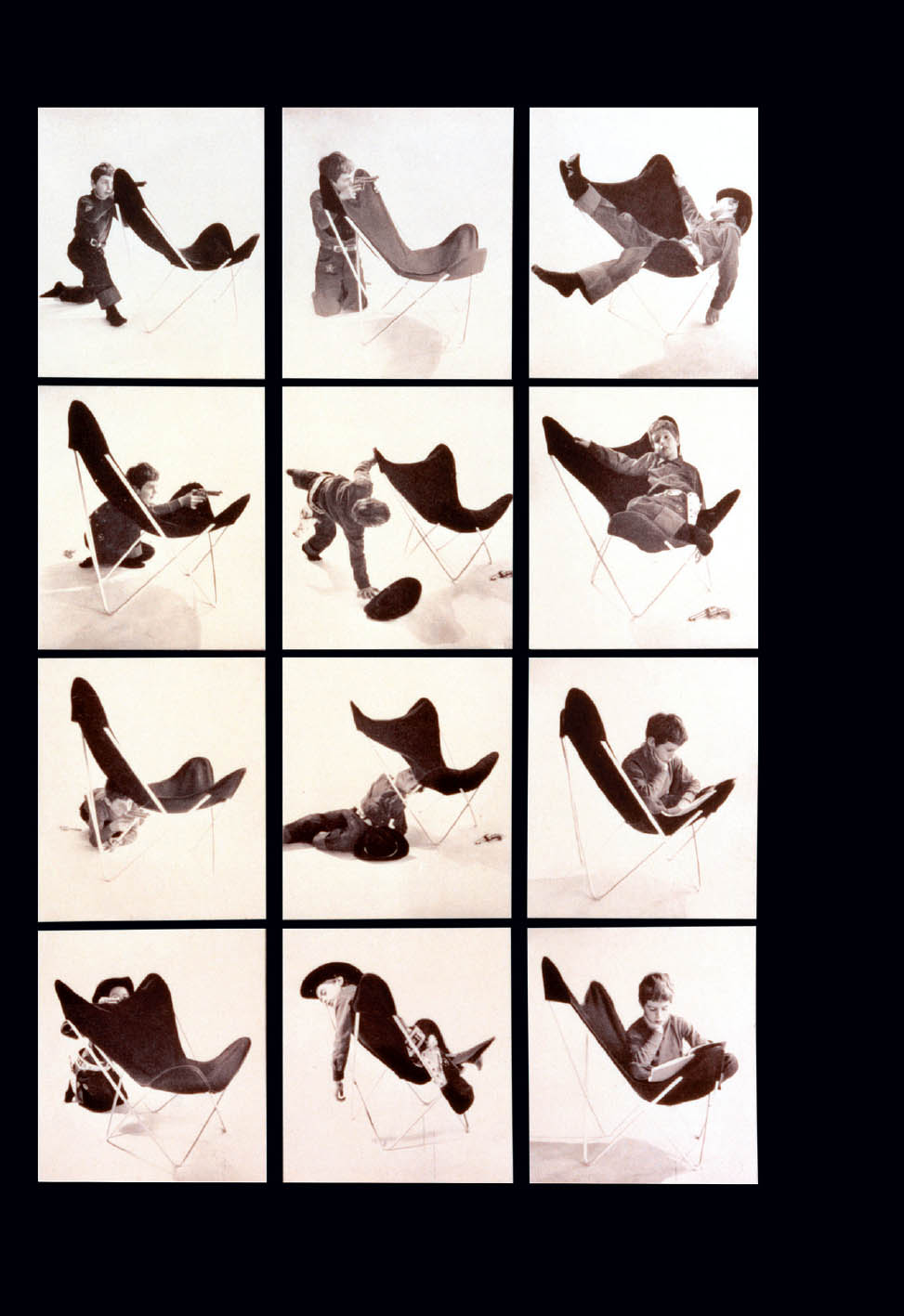
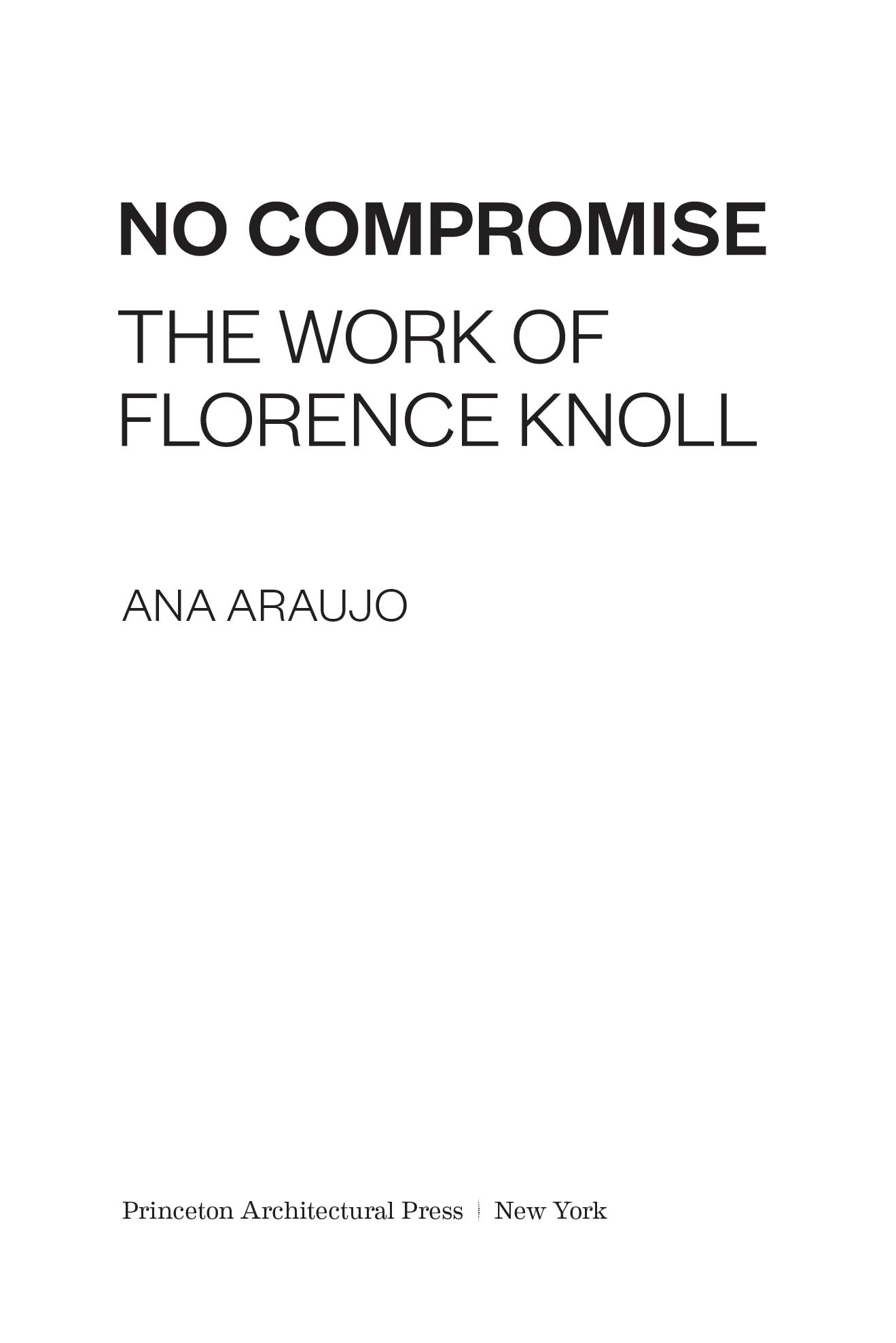
CONTENTS

Fig. 1: Florence Knoll in Eero Saarinens Grasshopper Chair 1950 (Courtesy of Cranbrook Archives, Cranbrook Center for Collections and Research)
INTRODUCTION
No compromise, ever.
Florence Knolls achievements were countless. In 1961, she was awarded the Architects Gold Medal for Industrial Design from the American Institute of Architectsthe first woman in the industrial design field to receive this award. In 1962, she received the Furniture Prize from the American Institute of Interior Designers. In 1977, she was given the Total Design Award from the American Society of Interior Designers. In 1979, she received an honorary degree of Doctor of Fine Arts from the Parsons School of Design.
Florence Knoll was best known for her work at Knoll Associates, one of the most prestigious and important furniture companies of the twentieth century, which she co-owned with her first husband and business partner Hans Knoll (191455). Florence Knoll was responsible for overseeing the production of all three departments, as well as of graphics and marketing.
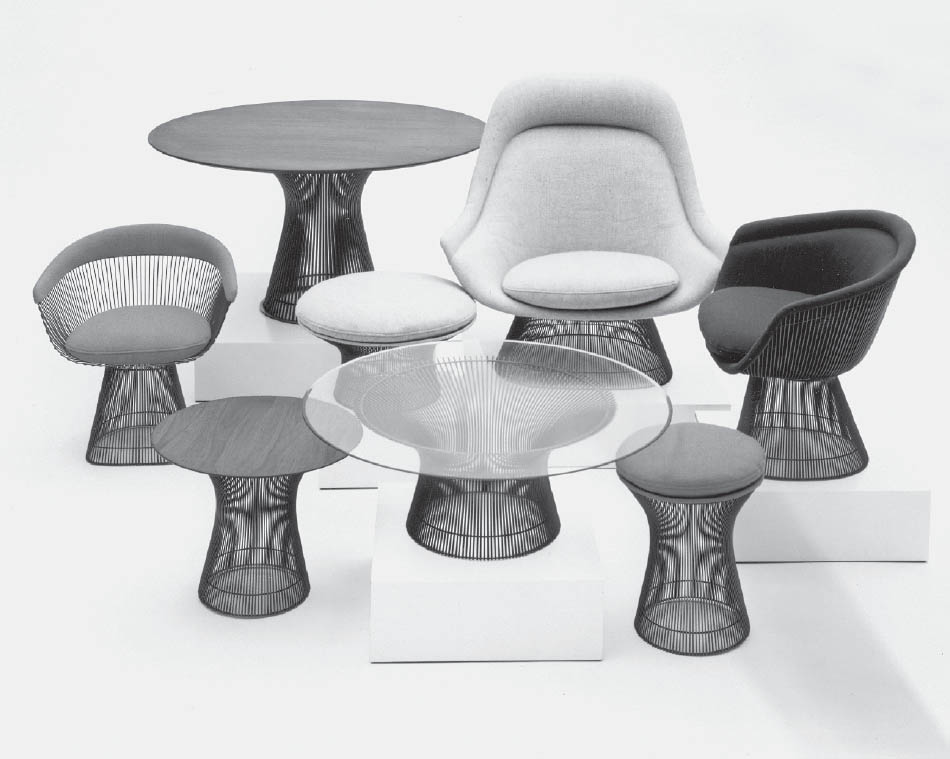
Fig. 2: Platner Collection, by Warren Platner, 1966 (Courtesy of Knoll Archives)
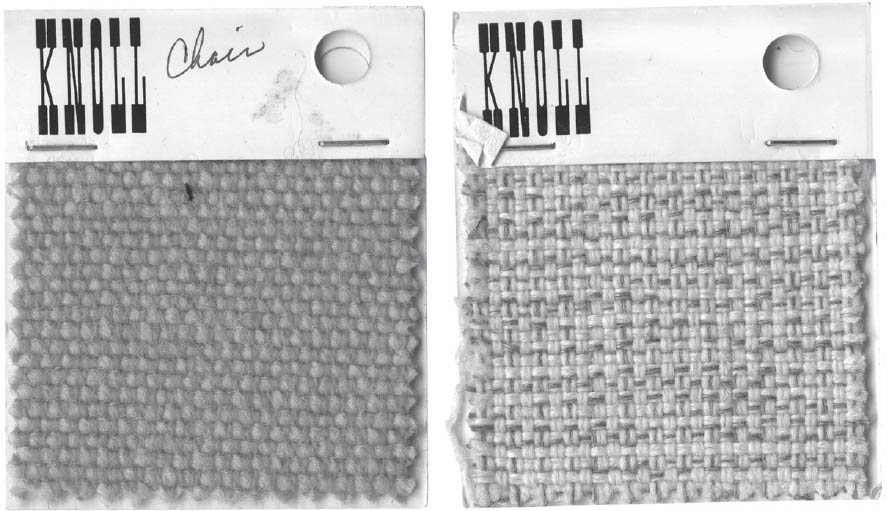
Fig. 3: Textile samples as invented by Florence Knoll, circa 1955-60 (Courtesy of Knoll Archives)
She was smart and strategic: she proudly remembered coming up with the idea of writing the word Knoll on the top of the companys delivery trucks, so the name could be spotted from the windows of tall buildings. And she also became known for having invented the practice of folding a piece of cardboard around a three-inch square of fabric and stapling them together as a means to create a textile samplea procedure that is now standard in the industry.
Apart from acting as design director for all creative divisions of Knoll Associates, Florence Knoll also designed furniture and interiors for the company. She was unassuming about her furniture designs. Meat and potatoes, is how she described them: background complements to the more sculptural pieces of designers such as Harry Bertoia and Eero Saarinen.
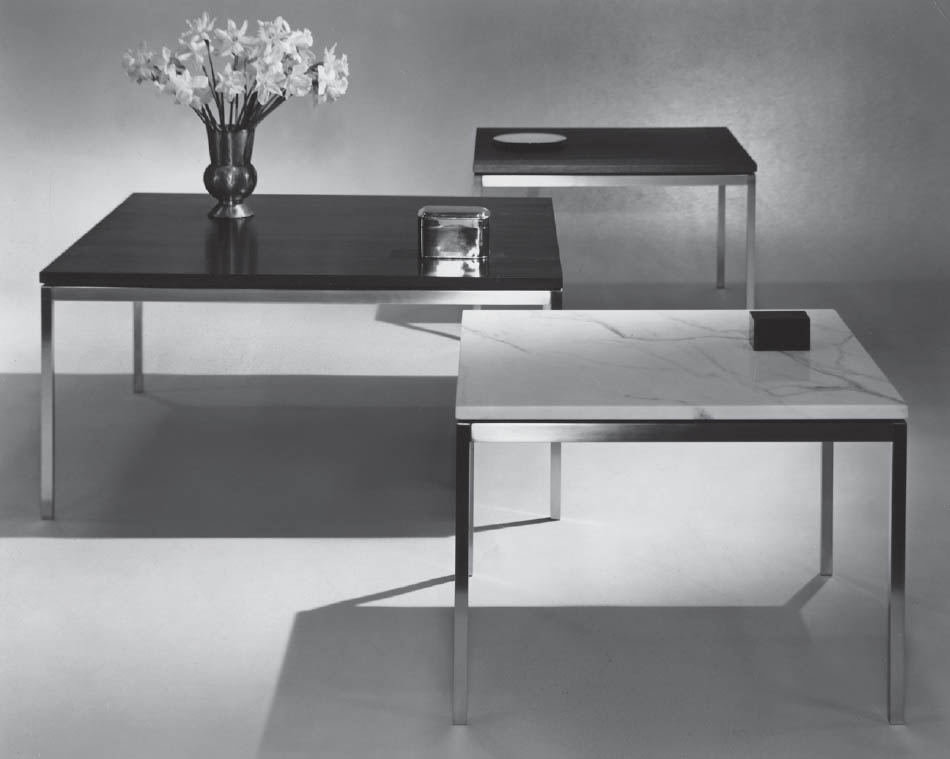
Fig. 4: Examples of furniture by Florence Knoll, circa 1950s (Courtesy of Knoll Archives)
She was more assertive with regards to her role as an interior designer, through which she created the Knoll look, understood by some to be as much a symbol of modern architecture as Tiffany glass was a symbol of the architecture of Art Nouveau.
Knoll maintained that the secret for producing good design was to identify what the problem was.
Focusing on the interior, Florence Knoll created her own version of modernism. Her styleconsistent with her architectural training from mentors such as Eliel Saarinen (18731950) and Mies van der Rohe and influenced by colleagues such as Charles Eames (190778) and Ray Eames (191688)combined the boldness and sleekness of the steel-and-glass aesthetic with a humanized application of colour, texture and comfort. Florence Knolls designs were nearly as minimal as Miess buildings and interiors. And yet, they felt cozier and more tactile, owing these warmer qualities to the influence of Eliel Saarinen, the Eames couple, and others. Knolls interiors combined visual precision with material fuzziness, calibrating these qualities in response to the particularities of each program, site, and client.








